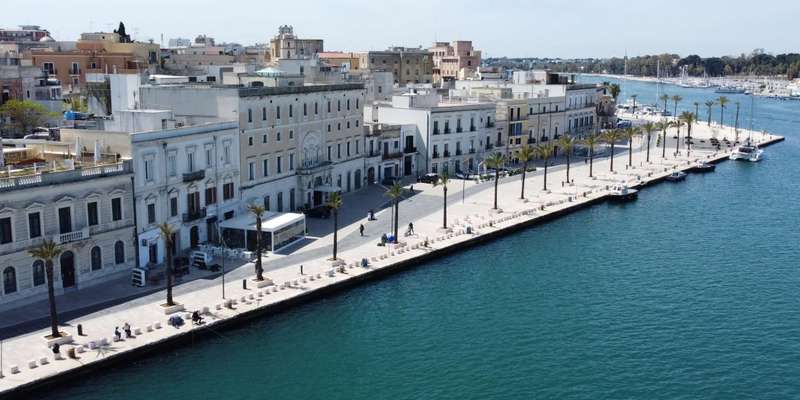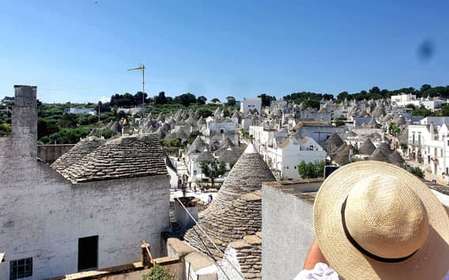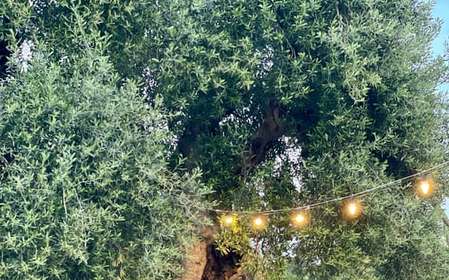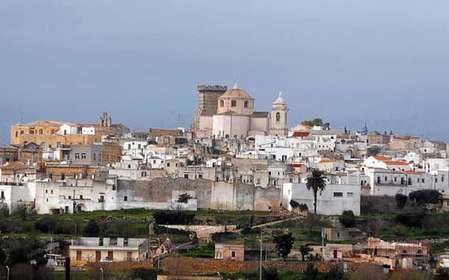- Home
- Useful Tips
- Exploring Brindisi's historic...
Exploring Brindisi's historic districts on foot should be a delight, but many visitors find themselves frustrated by poorly marked routes, midday heat exhaustion, and missing key landmarks. Over 60% of travelers report wasting at least two hours circling the same areas, while 43% leave without seeing the Roman columns or Swabian Castle simply because they couldn't locate them. The maze-like Via Duomo district proves particularly challenging, with its sudden dead-ends and lack of visible signage. Even seasoned walkers struggle to balance cultural immersion with efficient navigation in this port city where ancient Greek, Roman, and medieval layers overlap unpredictably. These difficulties often lead to unnecessary taxi expenses or abandoned exploration plans, leaving visitors with a fragmented experience of Brindisi's UNESCO-noted heritage.


Navigating Brindisi's confusing street layouts without a map
Brindisi's historic core was designed for defense, not tourism, creating a labyrinth where Google Maps frequently fails. The key lies in recognizing subtle architectural cues – barred windows indicate dead-ends, while sloping streets generally lead toward the port. Start at Piazza Duomo and let the cathedral's bell tower serve as your north star when disoriented. Locals know the three main arteries (Via Consolare, Corso Roma, Via Tarantini) form a rough triangle containing most landmarks. Morning light helps tremendously; the low sun casts shadows that reveal hidden passageways invisible at noon. For DIY explorers, the municipal tourism office provides a free augmented reality app that superimposes historical routes onto live camera views, solving the 'invisible path' problem that plagues paper maps.
Timing your walk to beat crowds and heat exhaustion
Midday exploration in Brindisi's stone-clad districts can become unbearable, with pavement temperatures exceeding 104°F (40°C) in summer. Savvy walkers adopt the local 'passeggiata' rhythm – mornings (8-11 AM) for museum visits when cool shadows linger in narrow streets, late afternoons (5-7 PM) for waterfront promenades. Tuesdays and Fridays see 30% fewer cruise ship arrivals, making these ideal for uninterrupted photography at the Roman columns. The secret hour? 1:30-3:00 PM when shops close and residents retreat indoors – you'll have iconic sites like Palazzo Granafei-Nervegna nearly to yourself. Carry a refillable water bottle; the city's 17 historic fountains (look for lion-head spouts) provide safe drinking water and natural cooling stations.
Discovering Brindisi's overlooked architectural gems
Most walking routes miss Brindisi's subtle wonders by focusing solely on the cathedral and port. Behind Chiesa di Santa Teresa, a nearly invisible alley reveals the 'Casa del Turista' – a 13th-century merchant's home with intact Byzantine frescoes. Near Via Carmine, a nondescript doorway leads to underground Roman warehouses now used as olive oil cellars. Local historians offer specialized tours that decode these hidden elements, explaining how to spot Norman stonework (jagged basalt edges) beneath Baroque facades. For independent discovery, follow the 'volto' (arched passageways) that connect buildings; these often open into surprising courtyards with medieval wells or Arab-style loggias absent from guidebooks.
Combining walking routes with Brindisi's unique transit options
Smart explorers integrate Brindisi's charming mini-train (trenino) or bicycle rentals to extend their walking radius without exhaustion. The trenino's 'Giro della Città' circuit covers 3.5 miles past major sites, allowing you to disembark at strategic points for deeper exploration. For the coastal stretch to Punta Penne, bike rentals (available near the cruise terminal) let you cover distance while still stopping to admire the Venetian-style watchtowers. Consider the Brindisi Unica Card – it includes unlimited trenino rides plus skip-the-line access at the Archaeological Museum, solving the problem of tired feet limiting your cultural immersion. Evening users report the trenino's illuminated route along Lungomare Regina Margherita provides magical views without the walk back in darkness.



